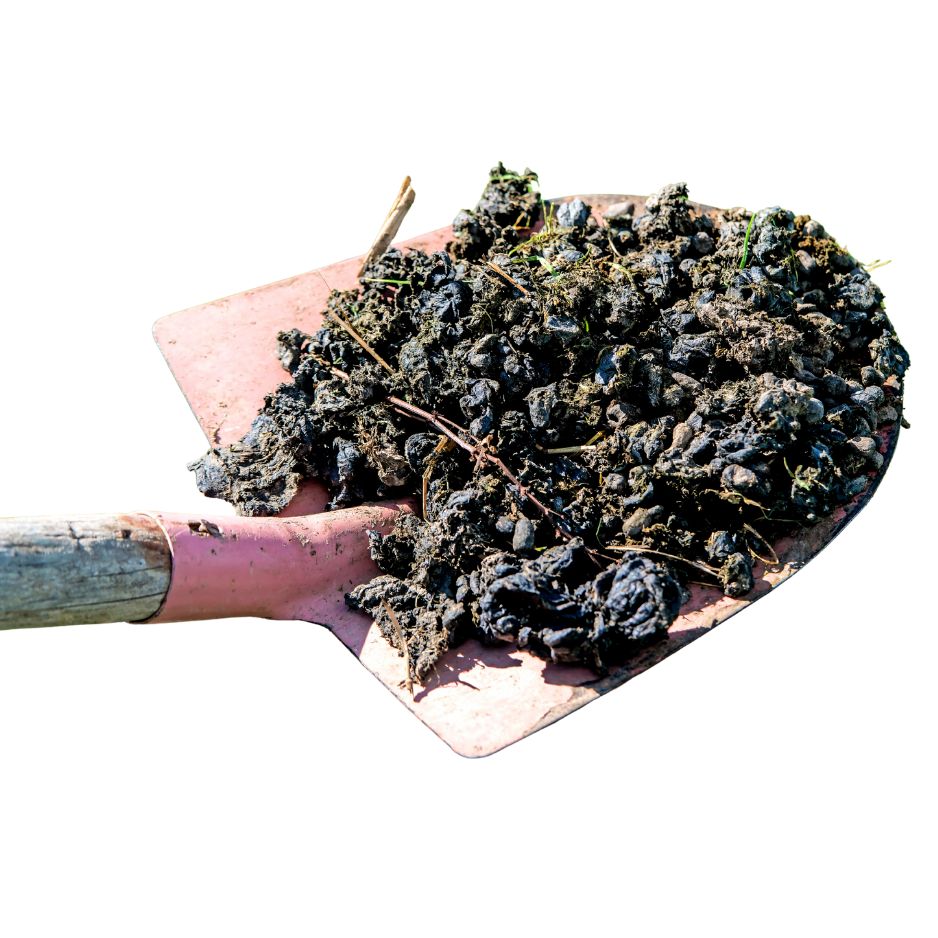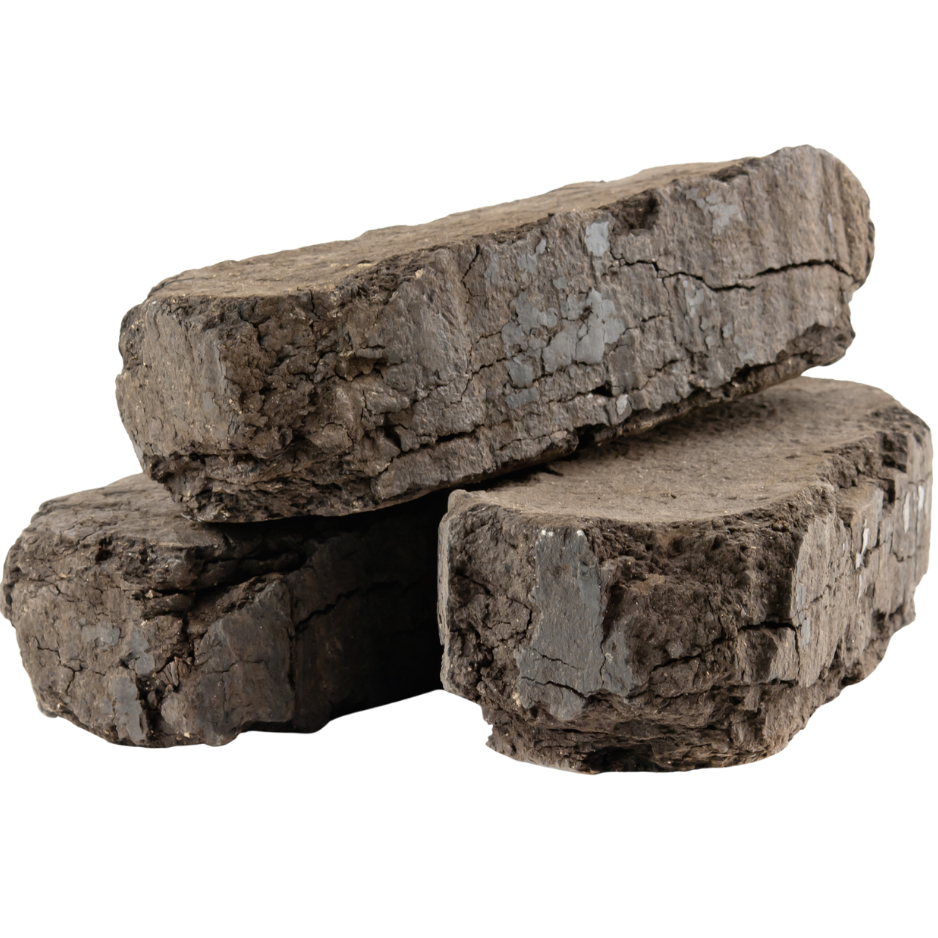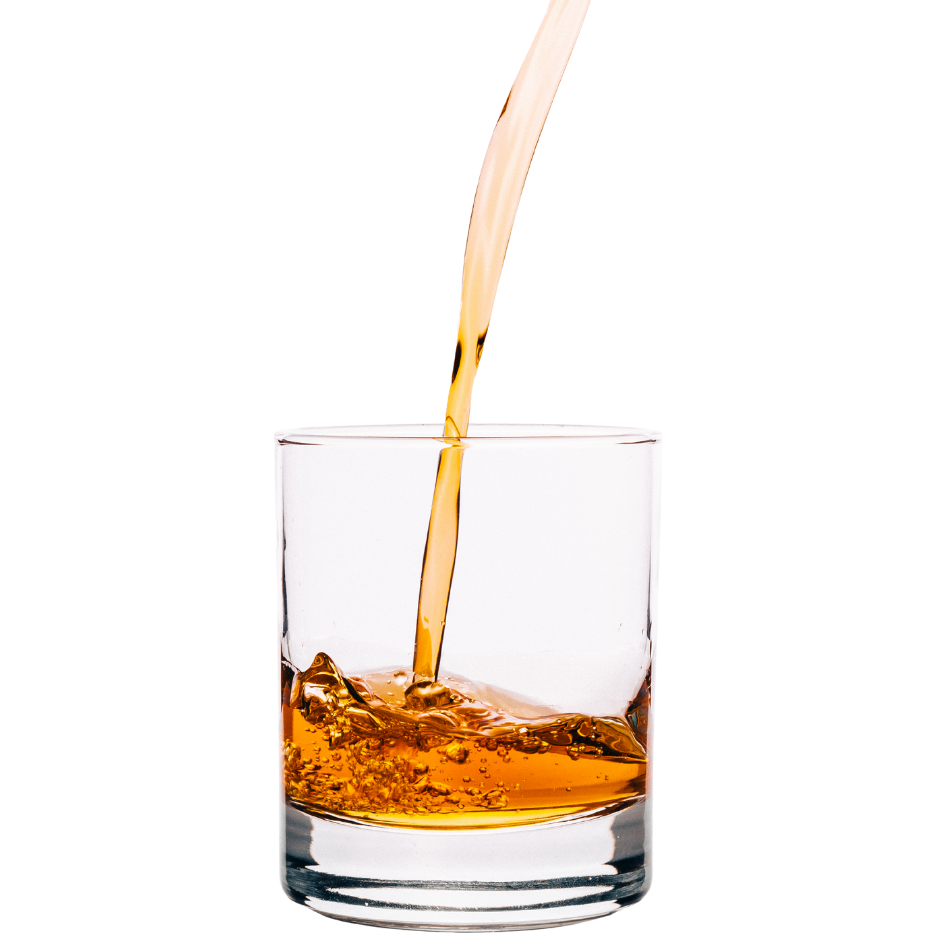For Peat’s Sake
a primer on peated whisky
Peated whisky holds a smoky allure in the world of spirits. Loved (and sometimes feared) for its unmistakable aroma, it brings the crackle of a campfire and the complexity of ancient earth straight into your glass.
So, what exactly is peated whisky?
In short, it’s a spirit born when barley is dried alongside burning peat, soaking up those smoky phenolic compounds like a sponge in a bonfire. The result is layers of flavour that can range from gentle wisps of heather smoke to full-blown medicinal tang.
As unapologetic peat enthusiasts, we’re here to wade through the bog and uncover the magic. From its roots in old malting floors to the phenols that give it personality, we’ll tackle your burning questions (yes, pun intended): what peat actually is, how it’s used in whisky, and why it makes each peated dram such a singular adventure.
The unique production process of peated whisky
Peated whisky comes with both a smoky swagger and a story to match. It has a production process and a history as rich and layered as the dram itself.
Peat is a type of soil composed of decaying vegetation and organic matter, found in bogs and wetlands. It’s important to note here that the peat must be in the process of decaying; the flavour comes from phenols, a chemical compound that doesn’t exist in fully decade materials.
In whisky production, peat is used during the malting process. These days, barley is dried alongside peat fires, and the smoke from the burning peat infuses the barley with the phenols that contribute to the whisky's smoky aroma and taste.
This process is particularly significant in regions such as Islay, where the tradition of using peat in whisky production dates back centuries. The island has extensive peat bogs that are still harvested today.
The level of peatiness in the whisky is measured in parts per million (PPM) of phenol, with higher PPM indicating a potentially stronger smoky flavour.
But no matter where whisky is produced or how much peat is included in the process, certain parts of that process can impact the peat flavour.
The distinctive smoky flavour of peated whisky
So what makes peat so special when added to whisky? The answer lies in the phenolic compounds absorbed by the barley during the drying process.
These include familiar tongue-tinglers like guaiacol (think campfire smoke), cresols (the tarry, medicinal note that reminds some people of sticking-plasters), and phenol itself (that sharp antiseptic edge).
Add in a dash of syringol (sweet smoke, almost like roasting marshmallows) and you’ve got the chemistry of campfire magic.
Each distillery’s peat has its own unique cocktail of these compounds, shaped by the local vegetation and conditions, which means no two smokes are alike.
Islay peat, with its seaweed-rich bogs, often leans towards briny, maritime smokiness. Highland peat, cut from heather-studded hillsides, can drift into gentler, herbal smokes.
Together, these variations turn tasting peated whisky into a kind of flavour treasure hunt—where the map is written in molecules and the prize is in your glass.
The Rich History and Origins of Peated Whisky
Peated whisky’s history is as smoky as its flavour, stretching back to the earliest days of Scotch-making. In Scotland’s rugged landscapes, peat wasn’t just handy; it was essential.
Vast peat bogs covered places like Islay and the Highlands, and when coal was scarce or too costly, peat became the obvious choice for firing the kilns that dried malted barley.
Peat is a complex fuel. Its layers of ancient mosses, heather, and plants compressed over thousands of years, and burning it releases a distinctive bouquet of phenolic compounds—guaiacol, cresols, and phenol itself—which cling to the barley and transform into that signature smoky character.
By the 18th century, peated whisky had become a tradition, woven into local identity. Excise laws and shifting tastes in the 19th century saw many Lowland distillers swap peat for coal to appeal to lighter palates, but Islay held firm.
That’s why today the island is still the beating, smoky heart of Scotch whisky.
Is peating exclusive to Scotch?
While Scotland is the most famous producer of peated whisky, the use of peat is not exclusive to Scotch whisky.
Peated whisky is also produced in other parts of the world, including Ireland, Japan, and even the United States.
For instance, some Irish whiskey offers a unique take on peated flavour, combining Irish smoothness with a smoky twist.
Japanese distilleries have also experimented with peating, creating whiskies that blend traditional Japanese craftsmanship with the distinctive influence of peat.
These international peated whiskies provide a global perspective on what peat is used for in whisky, showcasing its versatility and widespread appeal.
How to taste and enjoy peated whisky
Tasting peated whisky is an experience to be savoured. To fully appreciate its complexity, follow these steps:
1. Pour a Dram: Pour a small measure into a tulip-shaped glass to concentrate the aromas.
2. Observe: Notice the whisky's colour, which can range from pale gold to deep amber, which indicates the whisky’s age and the type of cask it was matured in.
3. Nose: Swirl the whisky gently and take a deep sniff. Identify the smoky notes, as well as underlying aromas like vanilla, fruit, or spices. Notice that the elements of smoke in the aroma can seem to overpower the other notes, but keep sniffing and you’ll get beyond that smoke element.
4. Taste: Take a small sip and let it coat your palate. Note the initial flavours, the development, and the finish. Pay attention to how the smokiness interacts with other flavours.
5. Add Water: Adding a drop or two of water can open up the whisky, revealing more nuanced flavours.
Pairing peated whisky with food, such as smoked salmon or dark chocolate, can also enhance the tasting experience. Experiment with different foods to notice how they change the experience of the whisky.
Peated whisky vs. unpeated whisky: key differences
The main difference between peated and unpeated whisky lies in the presence or absence of smoky flavours.
Unpeated whisky is made without using peat during the malting process, which results in a cleaner, malt-forward profile. These whiskies often showcase flavours derived from the cask, such as vanilla, caramel, and fruit.
Peated whisky, on the other hand, is characterised by its smoky, earthy, and sometimes medicinal notes, thanks to the phenols absorbed from the peat smoke.
This added layer of complexity can be polarising. Some whisky enthusiasts relish the robust flavours, while others prefer the subtler notes of unpeated expressions.
And don’t be fooled by a subtle bit of smoke! Some peated whiskies aren’t so obvious, so always take a little extra sniff to search for a little whisper of peat in your dram.
A little reminder:
All primers on this publication are free! But, they’re coming to a an end as regular features. To get access to more in-depth weekly articles, weekly specials (like interviews with industry rockstars), and the weekly Tasting Lab, where we break down a dram from appearance to chemical compounds and on to food pairings (that’s 3 meaty drops a week about all things whisky!), be sure to upgrade to a paid subscription.










